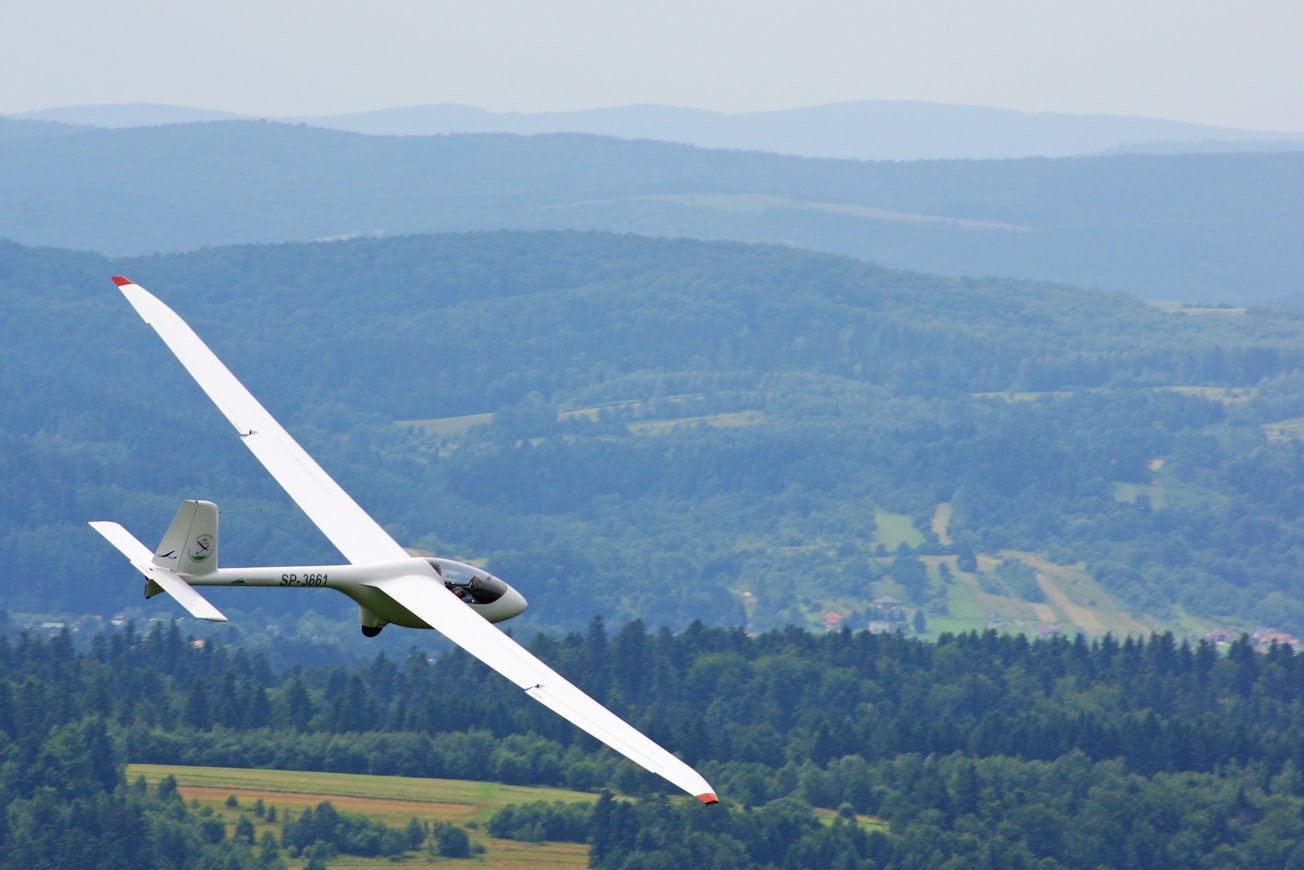What is it about?
This work builds on previous research efforts which demonstrated the use of a leading-edge suction parameter in order to identify LEV initiation. Though this parameter is successful in predicting the onset of LEV shedding, it's utility in low-order models is hindered due to it's dependence on airfoil shape and Reynolds number. In this effort, we have developed a new critical parameter which avoids the reliance on CFD or experiments.
Featured Image

Photo by Konrad Wojciechowski on Unsplash
Why is it important?
The use of low-order methods to predict LEV initiation for round leading-edge airfoils has been a challenge. Recent works have shown promise using the idea of leading-edge suction parameter (LESP) as a governing factor but the LESP depends on airfoil leading-edge radius and Reynolds number. Hence, every time the airfoil or Reynolds number changes, LESP needs to be determined using high-order methods (CFD, Experiments). In this work, we propose that boundary-layer criticality can be used as an improved criterion for LEV initiation which can be used in low-order approaches and hence eliminates the need to rely on CFD or experiments. Using CFD results, this criticality is observed as shape factor at the onset of flow reversal, more specifically at LEV initiation as well. In the next step, we developed an unsteady vortex panel method used in combination with an integral-boundary-layer method to predict the occurrence of criticality at the leading-edge. The results from the low-order model predictions are compared with the CFD results and a constant offset is observed at LEV initiation for different airfoils and a small range of Reynolds numbers.
Read the Original
This page is a summary of: Prediction of leading-edge-vortex initiation using criticality of the boundary layer, Theoretical and Computational Fluid Dynamics, May 2023, Springer Science + Business Media,
DOI: 10.1007/s00162-023-00648-z.
You can read the full text:
Contributors
The following have contributed to this page










